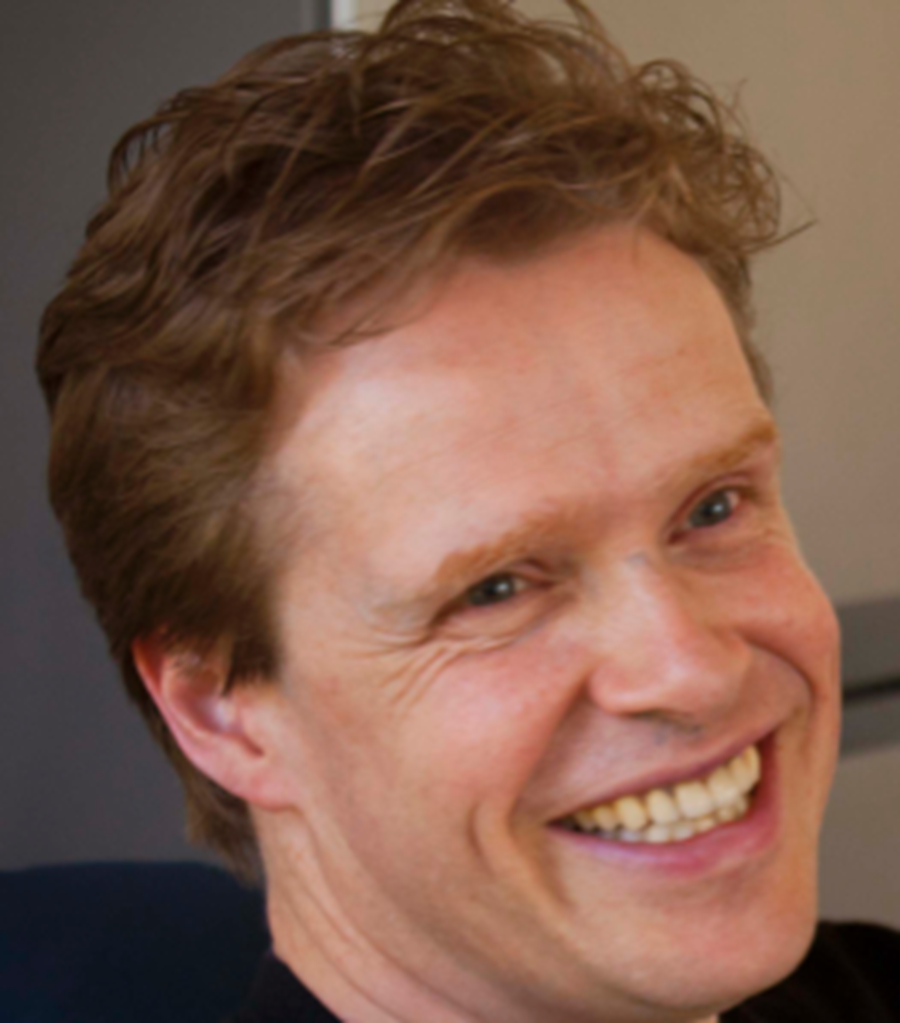Graphene Flagship – the View from Brussels
The Graphene Flagship has from its very inception attracted attention. Not only from those directly concerned with the research topics, but also from industry, political decision makers and the media. Initially, such attention was generated by the image of an extremely thin material with exceptional properties, and the technologies that may come to depend on it. Although maybe less visible to the research community, the flagship has more recently attracted a different kind of interest.
The flagship is demonstrating a new model for setting priorities and collaborating at national and European levels. By bringing together European, national and regional funding programmes, the flagship allows for a more coordinated way of strengthening the interplay between research funding. It shows how to bring together academic expertise, industrial needs and the flexibility and speed of small and medium scale enterprises (SMEs). By setting and realising a research agenda in an integrative manner, the flagship sets an example with a novel way of working.
The flagship will further advance the research agenda, with the key objective of delivering on innovation. In order to do this, it is essential for flagship partners to carry out a careful exploration of possible applications, and, when the time is right, take the decisive step of focusing on those applications where Europe can make the difference. This involves proactively reaching out to industrial sectors and players where graphene technologies can bring a competitive advantage when compared with existing technologies, and creating innovation opportunities by closely working with the key actors in those areas. It also involves creating and managing intellectual property, know-how and fostering entrepreneurial spirit. In this context, we welcome the appointment of Kari Hjelt, and wish him well as the flagship's new head of innovation.
Being part of the core project also comes with a new level of responsibility. The flagship does not stop with the core project, and each partner should be active in ensuring that the expertise built up in Europe has a wider impact going beyond the consortium within the core project. The opportunities created must be captured at national and regional level, and lead, for example, to collaborations with research groups, SMEs and industry beyond the core project. Because of this, it is important to monitor the black spots on the overall research roadmap, as well as sectors in which an awareness of graphene and related materials is lacking, and stimulate national and regional actions that complement current activities. And, last but not least, it entails accepting that difficult choices must be sometimes made when particular applications or technical areas turn out not to be industrially viable.
The results achieved so far by the flagship are impressive. In terms of publications, academia-industry collaborations, and patent applications, and also in specific technical domains, many excellent results have been achieved. I would like to praise you for this. We are confident that, if this quality is maintained, the envisaged impact of graphene and related materials will follow, and this field will become a key strength of Europe.
Article by Wide Hogenhout, European Commission Flagship Team

Wide Hogenhout, European Commission Flagship Team




